October 29, 2025
Data Shows Endangered Palau Ground Doves Swiftly Recovering After Successful Palauan Island Conservation Effort
Astounding evidence of recovery on Ulong Island in Palau after just one year!
Published on
July 11, 2017
Written by
Karl
Photo credit
Karl

An international conference focused on the impacts and management of invasive alien species on islands is taking place at University of Dundee, Scotland July 10-14. In anticipation of this event, we’re sharing research that will be presented by experts in the field. For more information or to register, visit the conference website.
Invasive rodents have significant negative impacts on island biodiversity, human health and food security. Projects to remove invasive rodents from islands are very complex and challenging. Current tools available for conservation intervention restrict professionals to a suite of islands home to less than 15% of the Critically Endangered and Endangered island species that need protection.

However, a new technology could boost the percentage of islands where intervention is feasible. The Genetic Biocontrol of Invasive Rodents (GBIRd) partnership is collaboratively developing and evaluating gene-drive technology for rodents. The partnership is engaged in research to find out if gene drives could influence a mouse population to self-eliminate by becoming 100% male or 100% female.
Highly cost-effective and socially acceptable new eradication tools could produce substantial biodiversity, human health and food security benefits. The opportunity that this transformative technology may bring to invasive species management is significant and worthy of exploring in a responsible and inclusive manner.
Featured photo: Palmyra Atoll. Credit: Coral Wolf/Island Conservation
Check out other journal entries we think you might be interested in.

October 29, 2025
Astounding evidence of recovery on Ulong Island in Palau after just one year!

August 28, 2025
A new paper reveals the benefits of holistic restoration on Australia's Lord Howe Island!
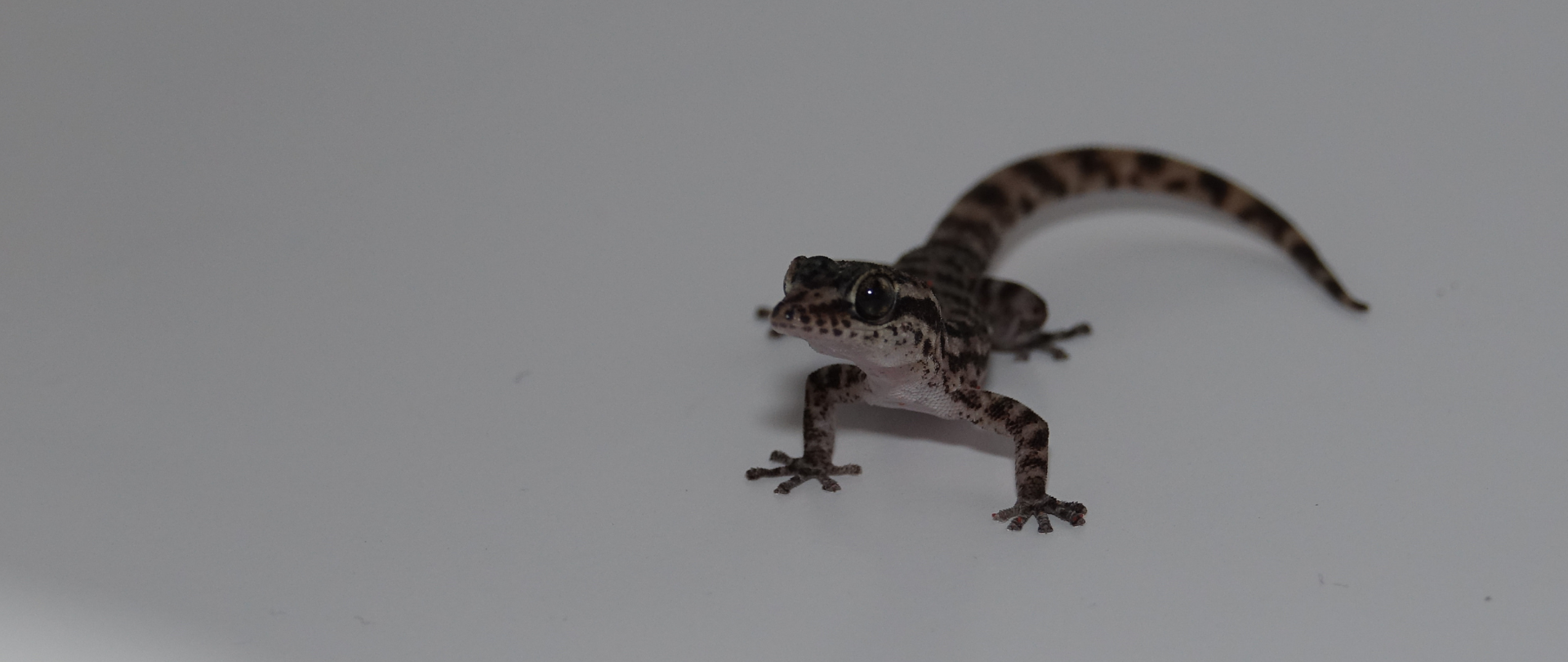
July 22, 2025
A species once thought extinct just made its comeback. A study published in PLOS ONE confirms the Leaf-toed Gecko has been rediscovered on Rábida Island in the Galápagos.

July 17, 2025
Great news from Tuvalu--our projects to restore Nukufetau Atoll, Tepuka, and Falefatu were successful!

June 17, 2025
Two new islands join the Island-Ocean Connection Challenge, linking terrestrial and marine conservation for maximum impact!
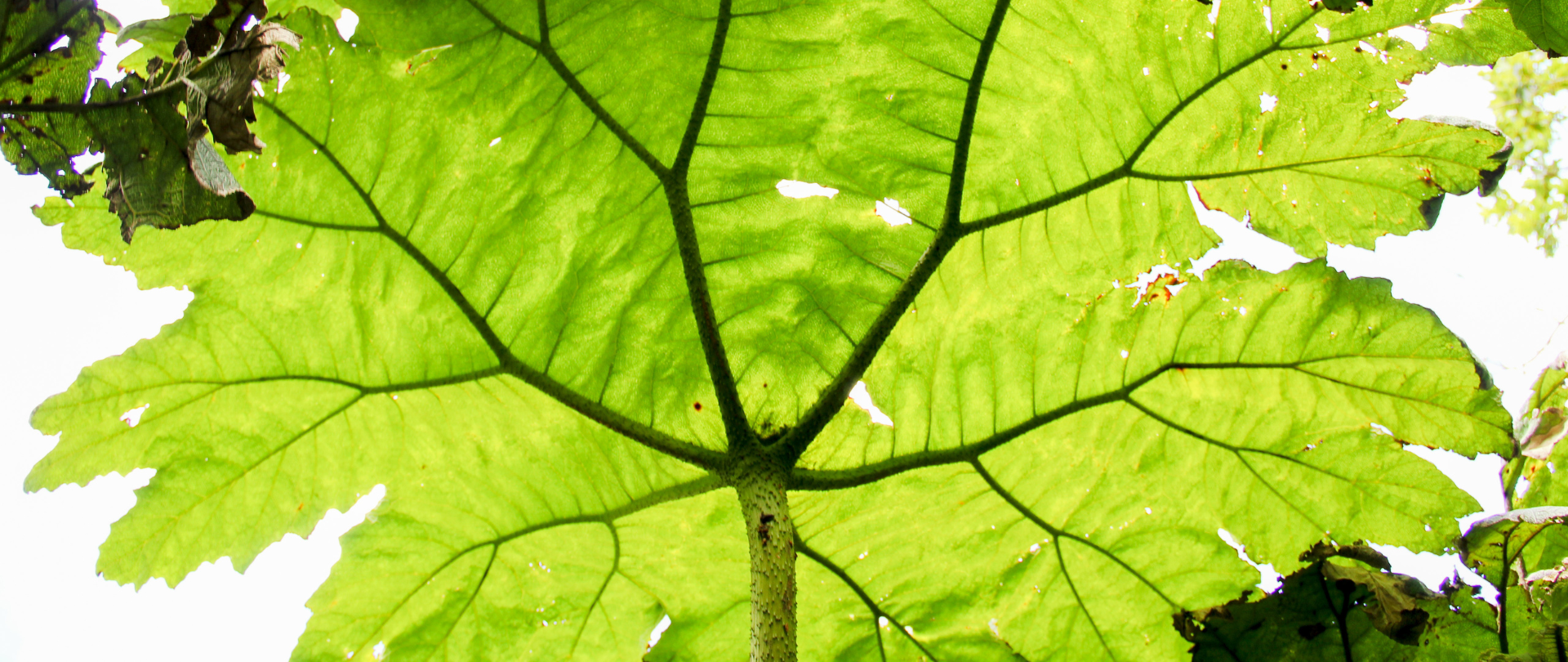
June 13, 2025
Our partner Conservation X Labs has joined the IOCC, committing to deploying transformative technology to protect island ecosystems!
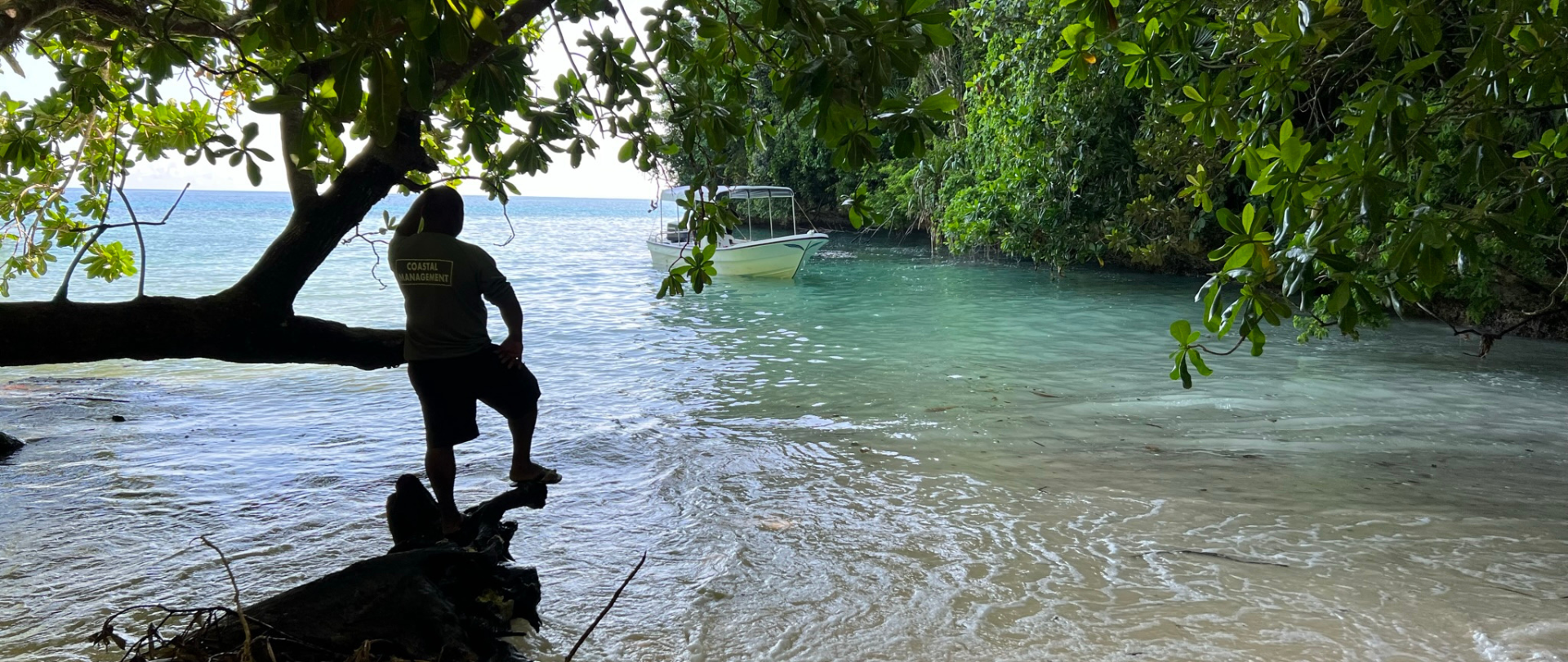
May 19, 2025
Read our position paper on The 3rd United Nations Ocean Conference (UNOC 3) to see why we're attending and what we aim to accomplish!
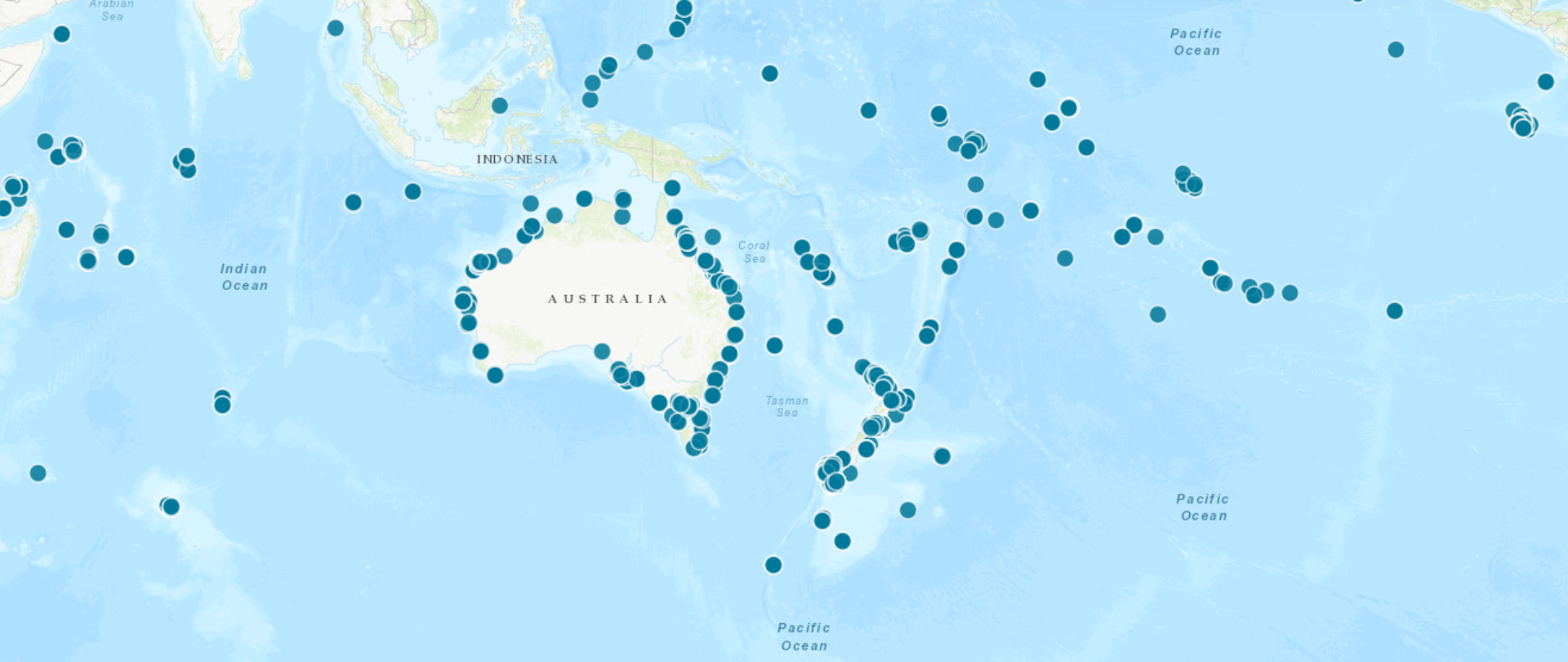
March 20, 2025
The DIISE is full of important, publicly-accessible data about projects to remove invasive species from islands all around the world!
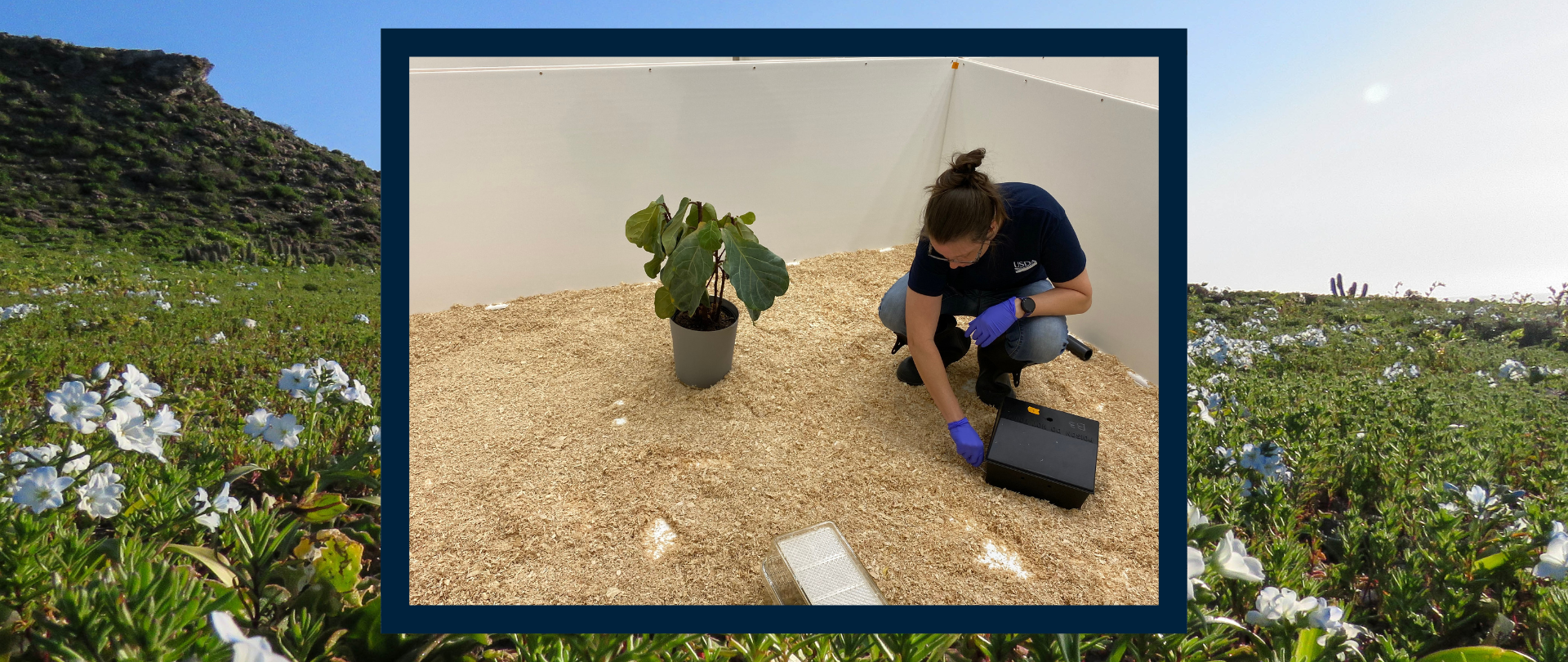
March 11, 2025
New environmental DNA technology can help protect vulnerable island ecosystems from destructive invasive species.